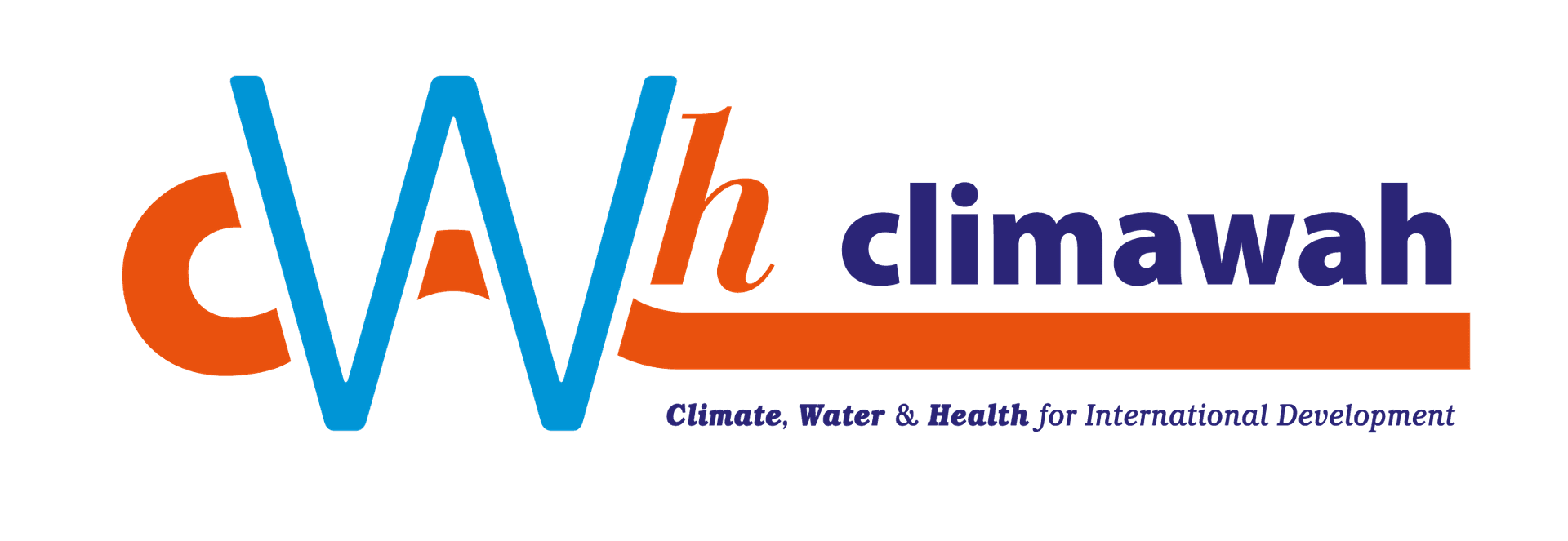Cost-Effective Strategy Development Recommendations
Adaptive strategies are crucial for helping communities withstand the effects of hydroclimate change, which can manifest as increased heatwaves, shifting disease patterns, and extreme weather events. By prioritizing cost-effective solutions, we can strategically allocate resources to areas that will yield the most significant health benefits. This enables organizations and governments to implement changes that are both sustainable and practical.
Our recommendations foster collaboration across sectors, enhancing our collective capacity to tackle the unique vulnerabilities faced by different communities. By integrating health considerations into a comprehensive climate adaptation framework, we can build resilience, safeguard public health, and ultimately improve the quality of life amid the uncertainties of a changing climate.
We specialize in delivering cost-effective strategy development recommendations by assessing the economic impacts, efficiency, and sustainability of various health interventions and policies. Our strategies undergo rigorous evaluation for their economic viability and sustainability within diverse socio-economic and environmental contexts. We incorporate the following key elements into our cost-effective strategy development recommendations:
Cost-Effectiveness and Cost-Benefit Analysis
We assess proposed strategies using economic evaluation methodologies like cost-effectiveness and cost-benefit analysis.
Scenario and Sensitivity Analysis
We test how strategies perform under various scenarios (e.g., different climate futures, disease outbreaks, or funding levels) to recommend flexible approaches that remain effective as circumstances change.
Policy Recommendations and Prioritization
By quantifying the value, feasibility, and long-term impacts of strategies, we advise policymakers on which options should be prioritized for investment—focusing on those that deliver the best value for populations at risk.
Equity and Access Analysis
We take into account factors like socioeconomic status and geographic location to recommend strategies that not only are cost-effective but also promote fair access and minimize health disparities.
Adaptive strategies are not just a reaction to climate-water change; they are a proactive approach to safeguarding communities and enhancing their capacity to thrive amid ongoing environmental challenges.
Why Are Recommendations for Cost-Effective Strategy Development Vital?
While strategies to address climate-water change, such as reducing emissions, enhancing water management, and increasing investments in community education and awareness, are essential, adaptation is no longer optional. The reality is that even under the most optimistic scenarios, communities will continue to face rising temperatures and associated health impacts. This underscores the urgent need to develop cost-effective strategies that are tailored to local needs and designed to mitigate the health consequences of a changing hydroclimate. Here are some of these strategies:
Protecting Public Health
Reducing the incidence of climate-water-related diseases, injuries, and deaths.
Minimizing Vulnerability
Strengthening the capacity of vulnerable populations to cope with climate-water-related shocks and stresses.
Building Resilience
Creating robust health systems and communities that can withstand the impacts of climate-water change.
Ensuring Health Equity
Addressing the disproportionate burden of climate-water change on marginalized communities.
Optimizing Resource Allocation
Directing resources to the most effective adaptation measures.
Securing Long-Term Sustainability
Developing strategies that are environmentally, economically, and socially sustainable.
Meeting community-driven concerns
Ensuring adaptive strategies address the issues that the people affected want addressed.
What Does Our Adaptive Strategy Development Involve?
Our approach is data-driven, participatory, and tailored to the specific needs of each client. We combine cutting-edge scientific knowledge with local expertise and community engagement to develop strategies that are both effective and sustainable.
Data-Driven Approach
Key elements of our services include:
1. Stakeholder Engagement and Consultation
We begin by engaging with key stakeholders, including government agencies, healthcare providers, community leaders, and affected populations.
2. Vulnerability and Capacity Assessment
We conduct a thorough assessment of vulnerabilities to climate-water-related health impacts, as well as existing capacities for adaptation.
3. Goal Setting and Prioritization
We work collaboratively with stakeholders to define clear, measurable, achievable, relevant, and time-bound (SMART) goals for adaptation.
4. Strategy Formulation
We develop a comprehensive adaptation strategy that outlines specific actions to reduce vulnerability and build resilience.
5. Intervention Planning
We assist in the planning and design of specific adaptation interventions.
6. Economic Evaluation
We conduct economic evaluations to assess the cost-effectiveness of different adaptation options. This helps our clients prioritize investments and maximize the return on their adaptation efforts.
7. Implementation Planning
We develop a detailed implementation plan that outlines the roles and responsibilities of different stakeholders, timelines for implementation, and mechanisms for monitoring and evaluation.
8. Monitoring and Evaluation
We establish a system for monitoring and evaluating the effectiveness of the adaptation strategy.
9. Capacity Building and Training
We provide training and technical assistance to build local capacity for adaptation.

